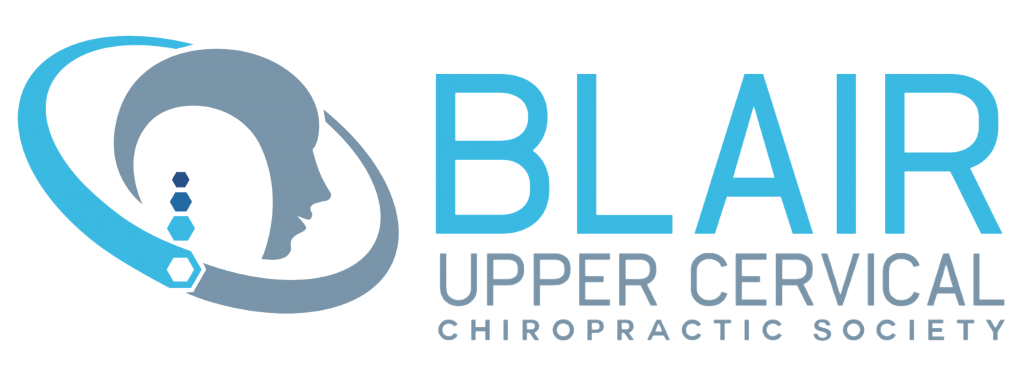— OUR FREQUENTLY ASKED QUESTIONS
Wanting more info? Check here!
Road to Wellness Frequently Asked Questions
Improve your health and speed up your healing
Your health is our concern, but your responsibility.
I am here to guide you on your road to wellness. Ultimately, what you do and how healthy you become is your decision. The following are a few tips to help you along your journey.
Get involved
The more you know, the better decisions you can make in regards to your health. The more decisions you make, the better control you will have over your health and wellness. Ask questions. Do your research. Get as much information as you can. Make your decision. Follow your plan. Get HEALTHY!
Ask questions
I am here to help you on your road to recovery so please don’t hesitate to ask. I have brochures and articles available on many different aspects of health. Again, the more information you have, the better your choices.
Keep your appointments
Care plans are designed to allow you to reach optimal results as quick as possible. Each visit builds on the one before. Missing appointments will not only slow down your healing but you will not reap the benefits or see the results.
Strengthen your spine
Yoga and Pilates are great if you enrol for classes. I can also give you some personalised stretches to do at home to help you achieve the very best out of each adjustment. Be careful though, exercising on a weakened or injured muscle can cause more problems. Please speak with Dr. Brents about any new or current exercise routines.
Eat well
The foods that you consume are what your body is using to heal. Think about the quality of what you are eating and how that will impact your body. It can make all the difference.
Change bad habits
Bad habits have a negative impact on your health and can delay healing. As you progress down the road to wellness, you may want to change these habits. Your body will love you for it!
The four stages of your care plan
Each of these phases require a series of treatments. The number of visits and the frequency of visits vary from person to person. Each of these phases has a different focus. It may be pain relief, structural changes, or muscular stabilisation. Depending on the phase, different techniques may be utilised. This will all be discussed following your initial exam.
Pain Relief
If you are displaying symptoms, our first goal is to get you feeling better quickly and to improve the spine's and nervous system's ability to function.
Structural Realignment
When we do the initial exam, we are looking for several indicators. These indicators create an image of how well your spine is aligned, functioning, and performing. Once the pain levels have decreased, we can focus the care to making changes in the spine itself. Over time and through a series of adjustments, the alignment, and ultimately the function, performance, and health of your spine and nervous system may be improved.
Stabilisation
Our postural muscles respond to the position of the spine and the signals from the nervous system. If all of these have been functioning in less than optimum circumstances for any length of time, injuries are more likely to occur. As we change the spine and posture, these muscles need to be trained to maintain the proper positions. It is vital that the spine continue to function in the correct ways while the muscles are healing. Stopping care prematurely will result in the spine, posture and nervous system reverting to the original behaviour and allowing dis-ease and injuries to occur once more.
Wellness Care
Daily stresses are the most common triggers for subluxations. While a healthy spine may overcome the majority of daily stresses and mild subluxations, it may become overwhelmed. Having period chiropractic adjustments will allow the spine and nervous system to maintain its healthy state and correct any subluxations before they become problematic and damaging. How often an individual should be checked and adjusted really varies from person to person. Many factors need to be taken into account: their daily activities, their hobbies, occupations, state of general health, activity levels, etc. This will be discussed at reassessments throughout your course of care.

